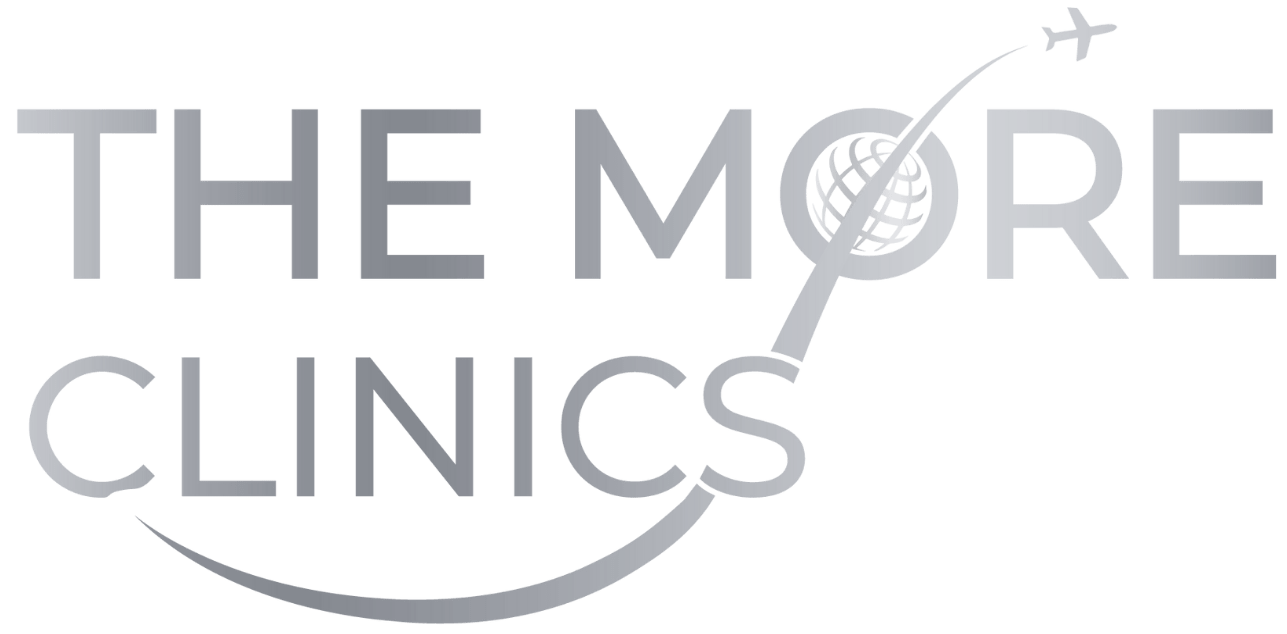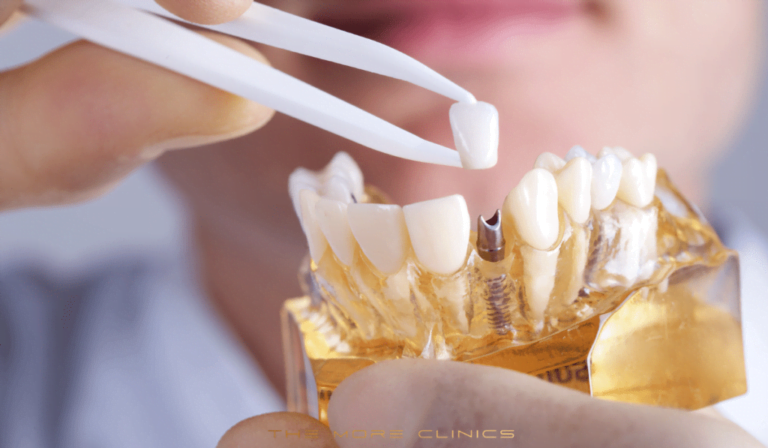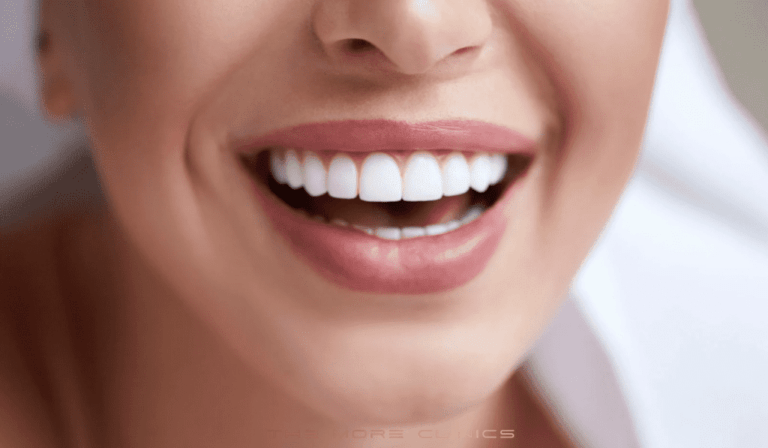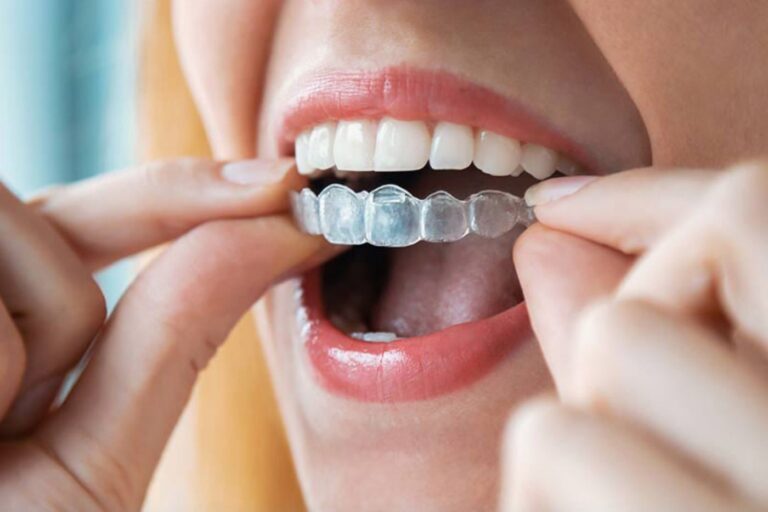Understanding Temporomandibular Joint Disorder (TMJ)
Temporomandibular joint disorder (TMJ) is a prevalent condition that affects the jaw joint and surrounding muscles, causing pain and discomfort. This comprehensive guide will help you understand TMJ, its causes, symptoms, and various treatment options, providing valuable insights for those seeking relief from this often-debilitating condition.
What is Temporomandibular Joint Disorder (TMJ)?
TMJ refers to a group of conditions that impact the proper functioning of the temporomandibular joint, which connects the jawbone to the skull. These disorders can cause pain in the jaw and surrounding muscles, making it difficult to perform everyday activities like talking, chewing, and yawning.

Causes of TMJ
The exact cause of TMJ is often challenging to pinpoint, as it can be attributed to multiple factors, including:
- Jaw injuries or trauma
- Teeth grinding or clenching (bruxism)
- Arthritis in the jaw joint
- Misaligned teeth or bite (malocclusion)
- Stress, leading to muscle tension in the jaw area
Symptoms of TMJ
Common symptoms of TMJ include:
- Jaw pain or tenderness
- Difficulty opening or closing the mouth
- Clicking or popping sounds when moving the jaw
- Earaches or ringing in the ears (tinnitus)
- Headaches and facial pain
- Stiffness in the jaw muscles
Treatment of Temporomandibular Joint Disorder
There are several treatment options available for TMJ, ranging from conservative self-care measures to professional interventions. These include:
- Self-care measures: Applying ice or heat packs, performing gentle jaw stretches, and avoiding hard or chewy foods can help alleviate TMJ symptoms.
- Stress management: Practicing relaxation techniques, such as deep breathing exercises or meditation, can help reduce stress-related muscle tension in the jaw area.
- Oral appliances: Custom-made oral splints or mouth guards can be used to protect the teeth and jaw joint from clenching or grinding during sleep.
- Physical therapy: A physical therapist can provide targeted exercises and stretches to strengthen jaw muscles and improve joint mobility. Read our Blog Post: Exercises to Relieve TMJ Pain.
- Medications: Over-the-counter pain relievers, anti-inflammatory medications, or muscle relaxants can help manage TMJ pain and inflammation.
- Dental treatments: In cases where TMJ is caused by malocclusion or misaligned teeth, a dentist or orthodontist may recommend corrective dental treatments, such as braces or dental restorations.
- Surgery: In severe cases where conservative treatments have not provided relief, surgical interventions, such as arthroscopy or joint replacement, may be considered.
Botox for TMJ
Botox for Temporomandibular Joint Disorder (TMJ): The use of Botox injections for TMJ is a relatively new treatment option that has been gaining popularity in recent years. Masseter Botox works by temporarily paralyzing the muscles around the jaw, which can help reduce pain and tension. There are lots of cases studies (2012) proven the effect of Botox for TMJ
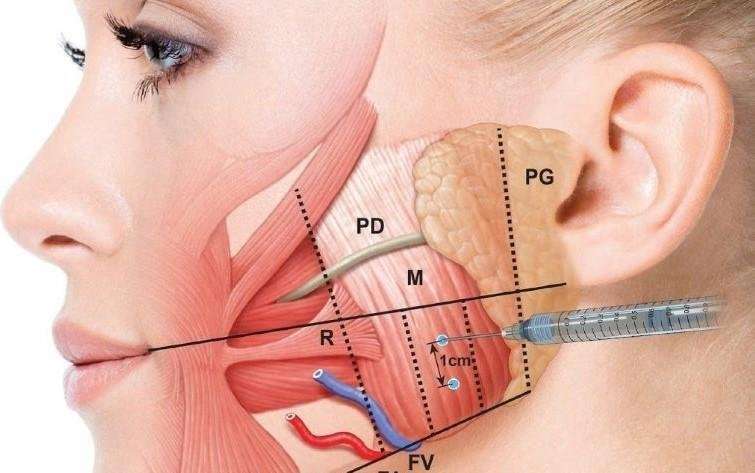
Last Words from the More Clinics
Temporomandibular joint disorder (TMJ) is a common condition that can significantly impact an individual’s quality of life. Understanding its causes, symptoms, and available treatment options is essential for managing this disorder effectively. If you suspect you have TMJ or are experiencing persistent jaw pain, consult with a healthcare professional to receive a proper diagnosis and develop a customized treatment plan tailored to your needs.
GET A FREE CONSULTATION!
Let’s Start Planning Your Treatment %100 Guarantee Results.

Medically Reviewed by Onur Ademhan who specialized on Oral and Maxillofacial Surgery and Implantology
